Essential Washing Machine Repair Tips
When your washing machine starts acting up, it can be a frustrating experience. Understanding how to troubleshoot common issues and having the right tools on hand can help you navigate washing machine repair successfully without the need for immediate professional assistance.
Troubleshooting Common Issues
Identifying the root cause of the problem is the first step in resolving washing machine issues. Some common problems you may encounter include noise during operation, shaking or vibrating excessively, failure to start, lack of spinning, or failure to drain (Sears Home Services).
- Noise and Shaking: Inspect the washing machine for unbalanced loads, loose components, or worn-out shock absorbers. Adjusting the load distribution or replacing damaged parts can help reduce noise and vibrations.
- Failure to Spin: Issues with the clutch, drive block, motor coupler, lid switch, or timer could be the culprits. Check these components for wear and tear and replace them if necessary.
- Failure to Drain: If your washer is not draining, check for obstructions in the drain hose, defective drain pump, water-level pressure switch, lid switch, timer, or drive motor. Clearing clogs and ensuring proper functionality of these parts can resolve the draining issue.
For a more comprehensive guide on troubleshooting these and other common washing machine problems, refer to our washing machine troubleshooting guide.
Basic Tools You Need
Having the right tools at your disposal is essential for conducting DIY repairs on your washing machine. Here are some basic tools that can help you tackle common washing machine issues effectively:
| Tool | Purpose |
|---|---|
| Screwdriver | For removing panels and accessing internal components |
| Pliers | To tighten or loosen fittings, clamps, and hoses |
| Wrench | For securing or loosening nuts and bolts |
| Multimeter | To test electrical connections and diagnose faulty parts |
| Bucket | To collect water that may drain during repair |
| Cleaning Brush | For removing debris and dirt from components |
By equipping yourself with these basic tools, you can confidently address minor washing machine problems and perform simple repairs without the need for professional intervention. If you require specific parts for your repair, check out our guide on washing machine repair parts for assistance in sourcing the necessary components.
Taking the time to troubleshoot common issues and having the essential tools on hand can empower you to address washing machine problems promptly and efficiently. With a proactive approach to maintenance and repair, you can extend the lifespan of your washing machine and enjoy reliable performance for years to come.
DIY Repairs for Washing Machines
Whether you are a homeowner or renter experiencing issues with your washing machine, knowing how to perform basic repairs can save you time and money. Here are some practical DIY solutions to troubleshoot and repair common problems you may encounter with your washing machine.
Unclogging the Drain
One of the common issues with washing machines is drainage problems. If your washing machine is not draining properly, it can lead to water leakage and inefficient cleaning. Overloading the washing machine is a frequent cause of drainage issues, affecting the cleaning level of each cycle. To unclog the drain and ensure proper drainage, follow these steps:
- Check for Overloading: Avoid overloading your washing machine with clothes as it can lead to drainage problems. Sort your laundry properly before washing to prevent damage.
- Inspect Power Source: If your washing machine won’t turn on or stops during a cycle, it could be related to a power source problem. Check the circuit breaker, fuse, and socket to rule out any electrical issues.
For a more detailed guide on troubleshooting common washing machine problems and solutions, check out our washing machine troubleshooting guide.
Replacing Washer Hoses
Washing machine hoses play a crucial role in maintaining proper water flow during the wash cycle. Over time, rubber hoses can deteriorate, leading to leaks and potential water damage. It is recommended to replace washing machine hoses every five years to prevent malfunctions. Consider switching to steel braided hoses for increased durability. Here’s how you can replace washer hoses:
- Turn Off Water Supply: Before replacing the hoses, make sure to turn off the water supply to the washing machine.
- Disconnect Old Hoses: Carefully disconnect the old hoses, noting their placement to attach the new hoses correctly.
- Install New Hoses: Connect the new hoses by securely tightening them to the water supply and washing machine inlet.
For a seamless washing experience, ensure you have the right washing machine repair tools handy to assist you during the hose replacement process.
Repairing Spin and Drain Problems
Issues with the spinning and draining functions of your washing machine can disrupt the entire laundry process. If your washing machine fails to spin or drain properly, it may be due to various factors such as overloading, a blocked drain pump, or faulty internal components. Follow these steps to address spin and drain problems:
- Check for Overloading: Avoid overloading the machine with excessive clothes or linens, as this can impede the spinning process.
- Inspect Drain Pump: Clean the drain pump filter to remove any debris or blockages that may be hindering proper drainage.
- Diagnose Internal Components: If basic troubleshooting does not resolve the issue, consider inspecting internal components like the motor or control board, which could be causing spin and drain problems.
For advanced repair needs or if you feel unsure about tackling washing machine repairs on your own, consider seeking assistance from a professional washing machine repair technician for further diagnosis and repair. By incorporating these DIY repair tips into your maintenance routine, you can extend the lifespan of your washing machine and ensure it continues to operate efficiently.

